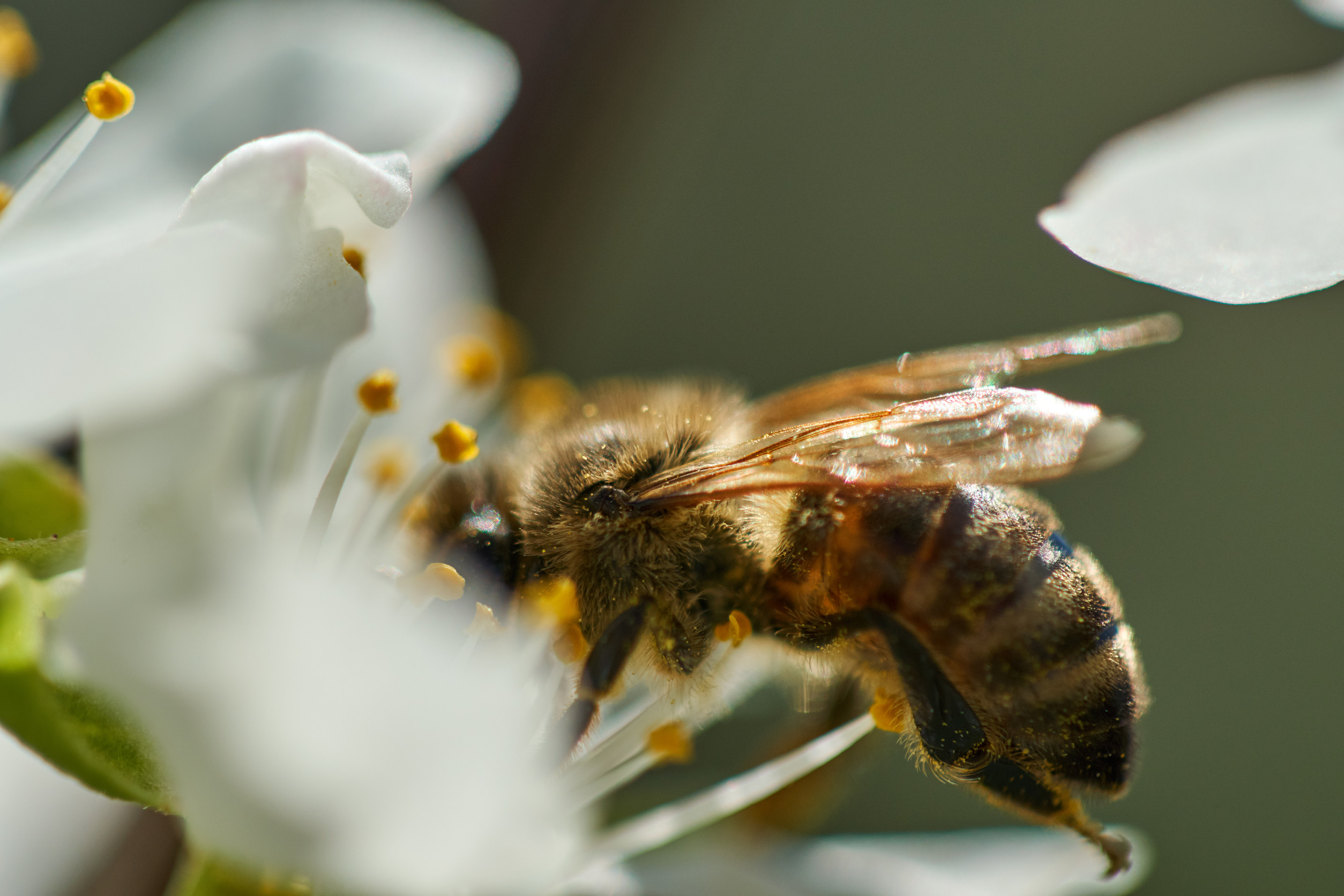BY THE OPTIMIST DAILY EDITORIAL TEAM
Biologists devised a novel approach to tackle a fatal fungal illness that threatens amphibians worldwide. These specially designed shelters, functioning like miniature saunas, help vulnerable and endangered amphibians fend off chytridiomycosis, a deadly skin disease.
Fighting a deadly fungus
Chytridiomycosis, a pathogenic fungus-caused skin disease, has decimated frog populations around the world. The fungi develop on the skin of affected amphibians, interfering with water absorption and causing heart failure. Amphibian Ark, a conservation organization, notes that the disease has resulted in substantial losses in amphibian populations, particularly in Australia, Mexico, Central America, the Andes, and the western United States. According to Macquarie University, 90 percent of amphibians affected by this illness have gone extinct, with 124 species seeing 90 percent or greater population declines.
An ingenious sauna solution
Researchers from Macquarie University and the University of Melbourne have developed a low-cost, effective strategy for increasing frog resistance to the disease. Using easily accessible materials such as bricks and PVC, they built little shelters to keep warm and prevent the fungal disease from spreading.
“The whole thing is like a mini med spa for frogs,” explains Anthony Waddle, lead author of the study and a Schmidt Science Fellow at Macquarie University’s Applied BioSciences. “In these simple little hotspots, frogs can go and heat up their bodies to a temperature that destroys the infections.”
Success in the field
In a 15-week trial with the green and gold bell frog (Litoria aurea), a species that has lost more than 90 percent of its original habitat in Australia, researchers discovered that unshaded shelters were roughly 4.5 degrees Celsius warmer than shaded shelters. Frogs in unshaded shelters demonstrated much higher disease resistance. Furthermore, frogs that healed in these shelters showed increased immunity, with an 86 percent survival rate when re-exposed to the fungus, compared to just 22 percent for those that had not previously been infected. The scientific journal Nature published these promising findings.
“Lowering mortality rates and boosting their immunity to chytridiomycosis is the key to protecting amphibians from this disease, which is now endemic around the world,” Waddle said.
A scalable and accessible solution
The materials used to build these shelters are simple and inexpensive, making them scalable. Wildlife specialists and concerned citizens can simply use this method to help local amphibian populations.
However, researchers emphasize that habitat intervention is not a complete solution. “Habitat protection alone cannot protect species that are affected by invasive diseases, but simple manipulations to microhabitat structure could spell the difference between the extinction and the persistence of endangered amphibians,” the study’s authors wrote.
A multifaceted approach to conservation
These unique shelters are an important weapon in the fight against chytridiomycosis, but they are only one piece of the conservation puzzle. To secure the survival of endangered amphibian species, comprehensive solutions such as habitat preservation, disease management, and broader ecological interventions are needed, and there is much more work to be done.
Source study: Nature—Hotspot shelters stimulate frog resistance to chytridiomycosis











